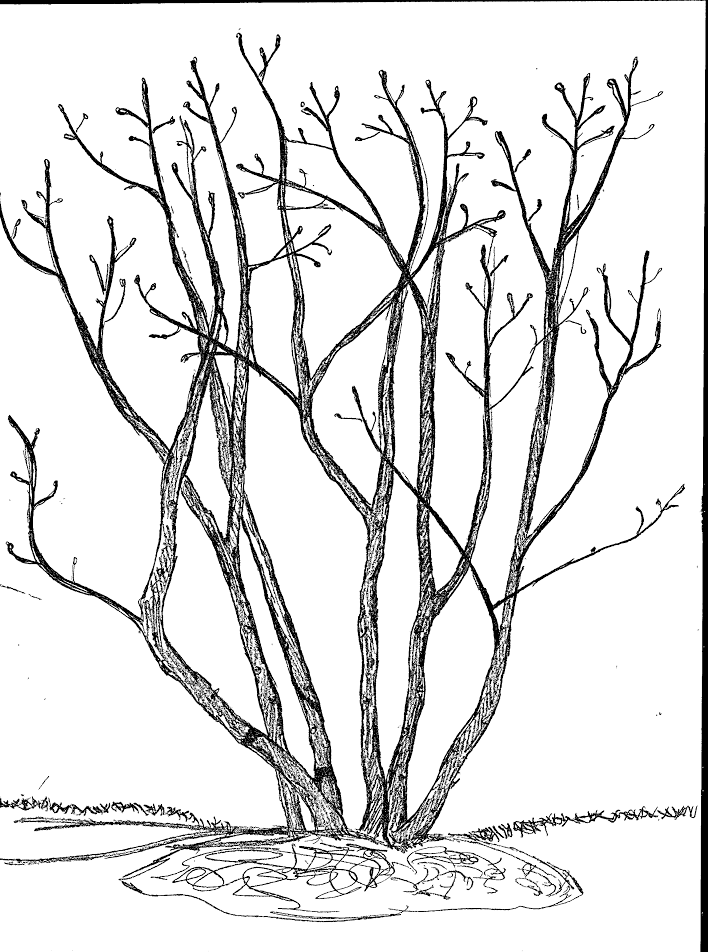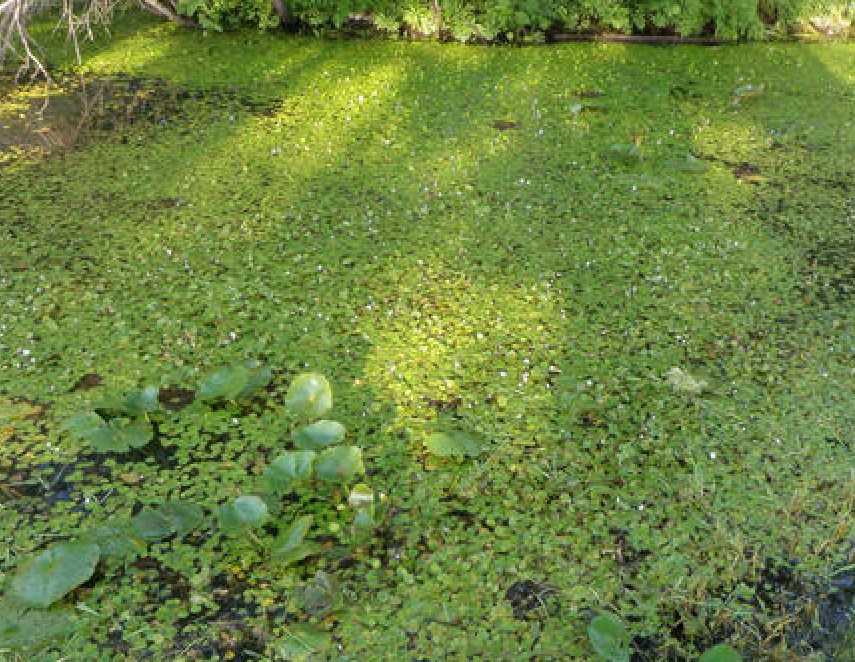In the evergreen world of gardening, the Atlantic Gardening movement has gained significant traction across the United States. This approach emphasizes the use of native plants that are well-suited to the unique climate and soil conditions of the Atlantic region. By choosing the right plants, gardeners can create beautiful, sustainable landscapes that support local wildlife and reduce environmental impact.
Why Choose Native Plants?
Native plants have evolved over thousands of years to thrive in specific regions, making them ideal for gardens in the Atlantic area. These plants are adapted to local weather patterns, soil types, and pests, which means they generally require less water, fertilizer, and maintenance than non-native species. Additionally, native plants provide essential resources for local birds, butterflies, and other wildlife, helping to maintain a healthy ecosystem.
The Right Plant, Right Place
One of the most important principles of successful Atlantic gardening is selecting the right plant for the right place. Not all native plants will thrive in every garden. Some may require full sun, while others prefer shade. Some may need well-drained soil, while others can tolerate wetter conditions. Understanding the specific needs of each plant is key to creating a thriving garden.
For example, the Sweetbay Magnolia (Magnolia virginiana) is a popular choice for its fragrant white flowers and ability to grow in moist soils. It’s perfect for gardens near water features or in areas with high humidity. On the other hand, the Virginia Bluebells (Mertensia virginica) are best suited for shady, woodland settings where they can spread naturally.
Creating a Butterfly-Friendly Garden
Butterflies are not only beautiful but also important pollinators. A butterfly garden can add color and life to any Atlantic garden while supporting these vital insects. To attract butterflies, choose plants that provide nectar for adult butterflies and host plants for their larvae.
Some recommended native plants for the Mid-Atlantic region include:
- Black-eyed Susan (Rudbeckia hirta)
- Purple Coneflower (Echinacea purpurea)
- Joe-Pye Weed (Eutrochium maculatum)
These plants not only attract butterflies but also add visual interest throughout the growing season.
Buying from Reputable Nurseries
When purchasing native plants, it’s essential to buy from reputable nurseries that specialize in locally adapted species. Unfortunately, some native plants are overharvested from the wild, which can harm natural ecosystems. Reputable nurseries cultivate plants sustainably, ensuring that your garden supports the environment rather than depleting it.
Always look for nurseries that offer locally sourced plants and ask about the origin of the plants you’re considering. This helps ensure that the plants you bring home are well-suited to your garden’s conditions.
Avoiding Green Invaders
Not all non-native plants are harmful, but some can become invasive, spreading rapidly and outcompeting native species. These “plant thugs” can be difficult to control and often require costly interventions. Examples of invasive plants in the Atlantic region include:
- Japanese Honeysuckle (Lonicera japonica)
- English Ivy (Hedera helix)
- Bittersweet (Solanum dulcamara)
To protect your garden and the surrounding ecosystem, choose alternatives that are native or non-invasive. For example, instead of Japanese Honeysuckle, consider planting Trumpet Vine (Campsis radicans), which attracts hummingbirds and is less likely to spread uncontrollably.
Using Fact Sheets for Guidance

The Tried and True Native Plant Selections for the Mid-Atlantic fact sheets are a valuable resource for gardeners looking to make informed choices. These fact sheets categorize plants into eight groups, including:
- Annuals, Bulbs, and Corms
- Ferns
- Grasses and Sedges
- Ground Covers
- Perennials
- Shrubs
- Trees
- Vines
Each fact sheet includes information on the plant’s characteristics, care requirements, and seasonal interest. They also note where the plant is indigenous, helping gardeners choose species that are suitable for their specific area.
Expert Help When You Need It
If you’re unsure about which plants to choose or how to care for them, don’t hesitate to reach out for expert advice. Many gardening organizations, such as the Master Gardeners of Northern Virginia, offer free resources and support through their Plant Hotline. You can call (202) 226-4785 or send an email for personalized guidance.
Conclusion: Embrace the Beauty of Atlantic Gardening
Atlantic gardening is more than just a trend—it’s a way to connect with nature and create a sustainable landscape that benefits both people and the environment. By choosing native plants, avoiding invasive species, and seeking expert advice when needed, you can enjoy a beautiful, low-maintenance garden that supports local wildlife.
Whether you’re a seasoned gardener or just starting out, the principles of Atlantic gardening offer a rewarding and eco-friendly approach to cultivating your outdoor space.
Author: Jane Smith
Title/Role: Environmental Journalist and Gardening Expert
Credentials: With over 10 years of experience in sustainable landscaping and environmental advocacy, Jane has written extensively on native plants, conservation, and green living. She is a certified Master Gardener and regularly contributes to national gardening publications.
Profile Link: JaneSmithGardening.com
Sources:
– National Wildlife Federation – Native Plants
– USDA Plants Database
– Mid-Atlantic Native Plant Society
Related Articles:
– How to Create a Pollinator-Friendly Garden
– Top 10 Native Plants for the Mid-Atlantic
– Understanding Invasive Species in Your Garden
Call to Action: Start your own Atlantic garden today by choosing native plants and supporting local ecosystems. Explore our guide to discover the perfect plants for your space!
URL Slug: /atlantic-gardening-guide
Image Optimization:
– 
–
– 
– 
–
Schema Markup:
{
"@context": "https://schema.org",
"@type": "Article",
"headline": "The Ultimate Guide to Atlantic Gardening: Tips, Plants, and Techniques for Success",
"description": "Discover the best practices for Atlantic gardening using native plants, tips for attracting wildlife, and expert advice on creating a sustainable garden.",
"author": {
"@type": "Person",
"name": "Jane Smith"
},
"publisher": {
"@type": "Organization",
"name": "Green Living Today",
"logo": {
"@type": "ImageObject",
"url": "https://www.greenlivingtoday.com/logo.png"
}
},
"datePublished": "2025-04-05"
}
Featured Snippet (40-60 words):
Atlantic gardening focuses on using native plants that thrive in the Mid-Atlantic region. These plants support local wildlife, reduce maintenance, and enhance biodiversity. Learn how to choose the right plants, avoid invasive species, and create a sustainable garden.










More Stories
The Ultimate Guide to Backyard ADUs: Benefits, Costs, and Design Ideas
US Trending News: How to Plan and Execute a Successful Whole Home Remodel
How to Make Soil More Acidic: A Complete Guide for Gardeners